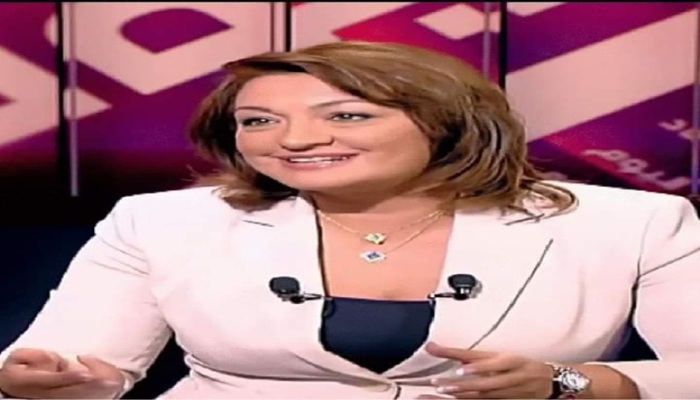
Afrasianet - Leila Nicola - European capitals fear that Trump will resort to making strategic concessions to Russia in order to quickly close the Ukrainian file.
The upcoming summit between US President Donald Trump and his Russian counterpart Vladimir Putin in Alaska on August 15 is a pivotal moment in the ongoing conflict in Ukraine. The meeting, which aims to reach a peace agreement, highlights a significant divergence in US strategy that ranges from supporting the continuation of the war to seeking peace at the same time.
From the European point of view, the greatest danger lies not in the US-Russian dialogue itself, but in the price that may be paid to reach an agreement. European capitals fear that Trump will resort to making strategic concessions to Russia in order to quickly close the Ukrainian file, and the most prominent of these possible concessions are:
A. Territorial concessions: Trump has previously offered that peace may include a "land swap," in which Ukraine cedes certain territories to Russia. Russia is demanding international legal recognition of its annexation of Crimea, as well as the four regions it declared annexed in 2022 (Donetsk, Lugansk, Kherson, and Zaporizhzhia).
Although Russia does not fully control all of these areas, there is a possibility that Trump will agree to give it full control of the Donbas region, which consists mainly of the Donetsk and Lugansk provinces in eastern Ukraine, which is known for its important coal resources.
B. Ukraine's neutrality and non-NATO accession: One of Russia's core demands is that Ukraine adopt a neutral status and abandon its bid to join NATO. Disagreeing to Ukraine's NATO membership may be easier for Donald Trump and would be a major diplomatic victory for Russia.
C. Lifting some sanctions: This may be an important incentive, although the Russian economy has adapted to some extent to the sanctions, and the Russians have opened up new alternative markets. In certain areas, sanctions have stimulated domestic remanufacturing, and local companies have taken advantage of the absence of foreign companies and replaced them. Sanctions on the Russian oligarchy have also contributed to the non-smuggling of money from Russia.
Freezing the front lines: The deal could include a ceasefire that freezes the existing front lines. While this will not be a permanent solution for Ukraine, it will allow Russia to consolidate its territorial gains and avoid a long and costly war of attrition.
The problem that Trump will face is Ukrainian and European positions. The Ukrainian president refuses to cede territory and says that this is contrary to the Ukrainian constitution.
The European position is also of great importance, especially since the Americans have agreed with the Europeans to continue funding the Ukrainian war effort, as announced by US Vice President J.D. Vance on August 10. In an interview with Fox News, Vance stressed that the United States will no longer directly fund the Ukrainian military effort, but that Europe can continue to buy weapons from American manufacturers to meet Ukraine's defense needs.
Indeed, in a weekend press interview, NATO Secretary-General Mark Rutte confirmed that European allies and Canada will henceforth fund military and security aid to Ukraine, in a move that is in line with the Trump administration's demands for increased burden-sharing.
A key element of this European plan is the proposed Defense, Security, and Resilience Bank (DSRB), with the support of NATO, the European Parliament, and major transatlantic banks, to provide long-term, low-cost financing for defense procurement for allied countries. The bank has two goals: to enable European countries to meet their defense spending targets, and to foster a strong and self-reliant European defense industrial base.
Thus, it seems that the US strategy on Ukraine is following two contradictory lines: pushing for peace and stopping the war by meeting with Trump and Putin and proposing a peace deal, while at the same time providing mechanisms for the continuation of the war, by pushing its European allies to bear the financial burden and continuing to supply Ukraine with the military and political tools it needs to continue.

